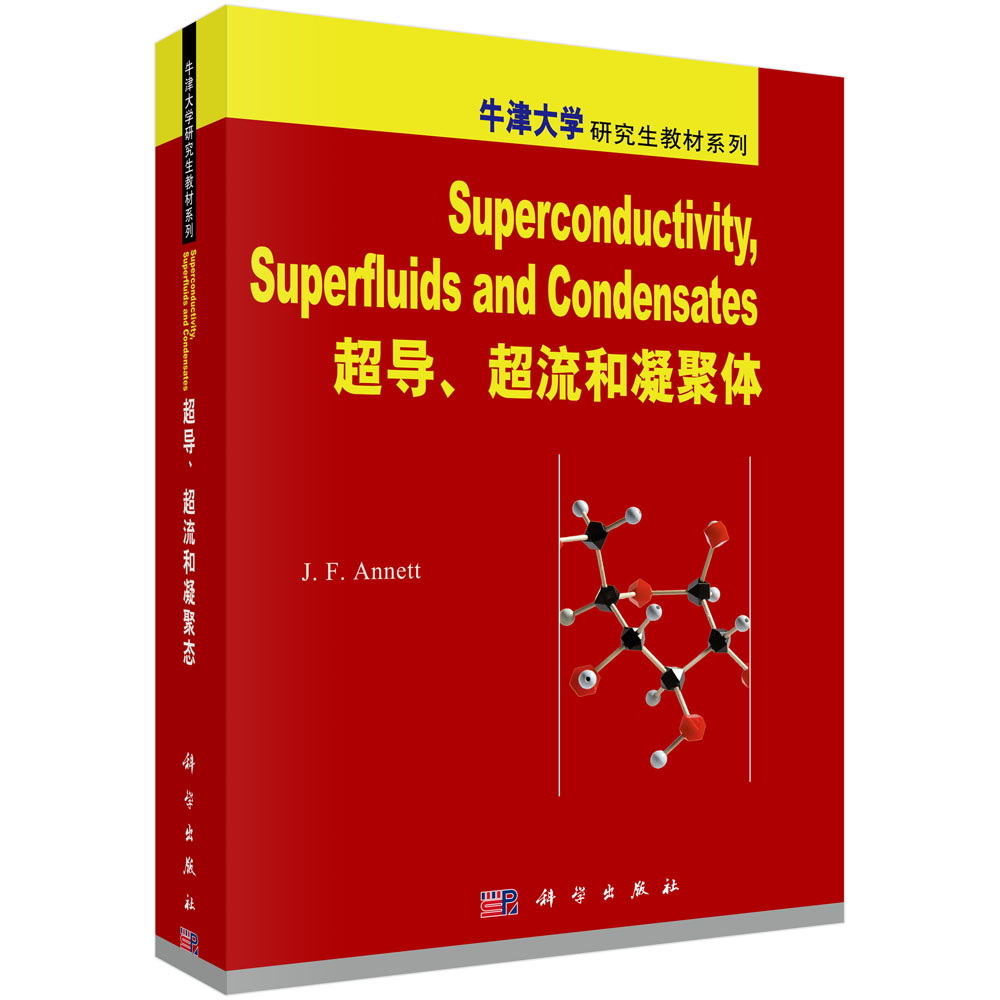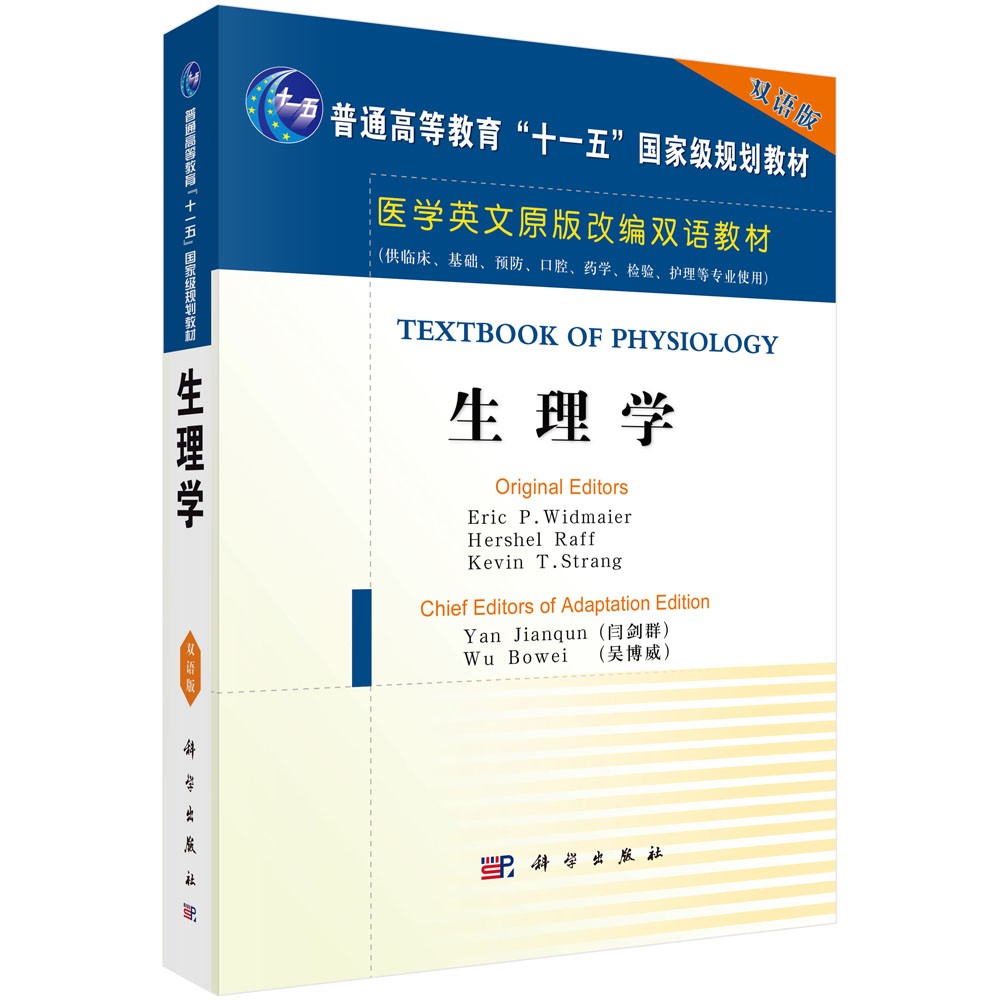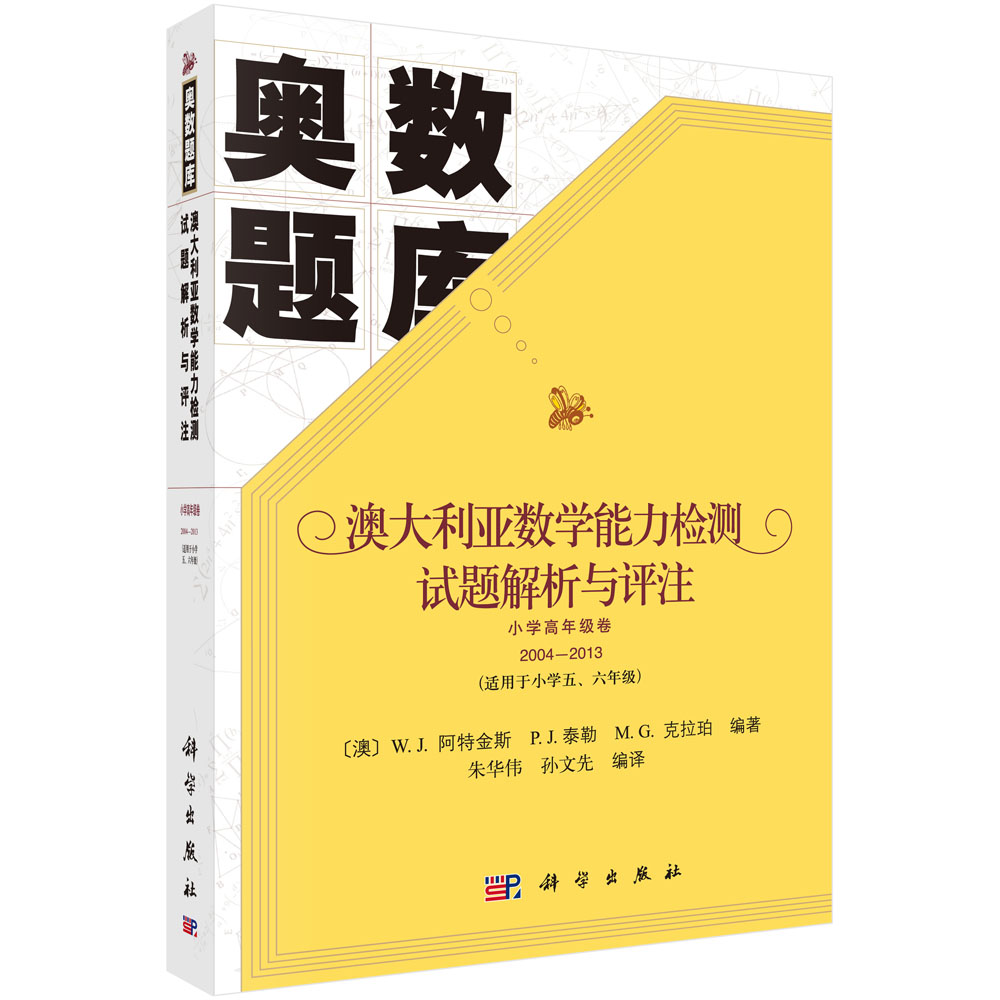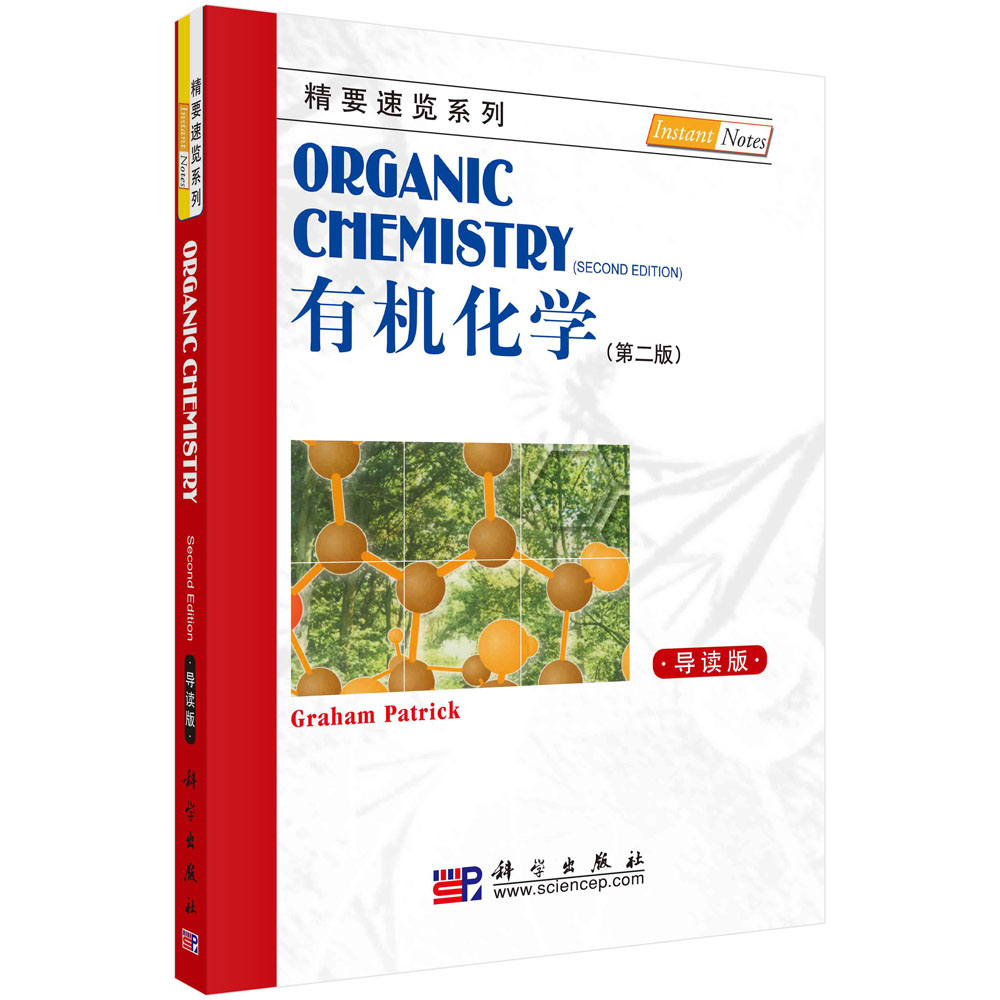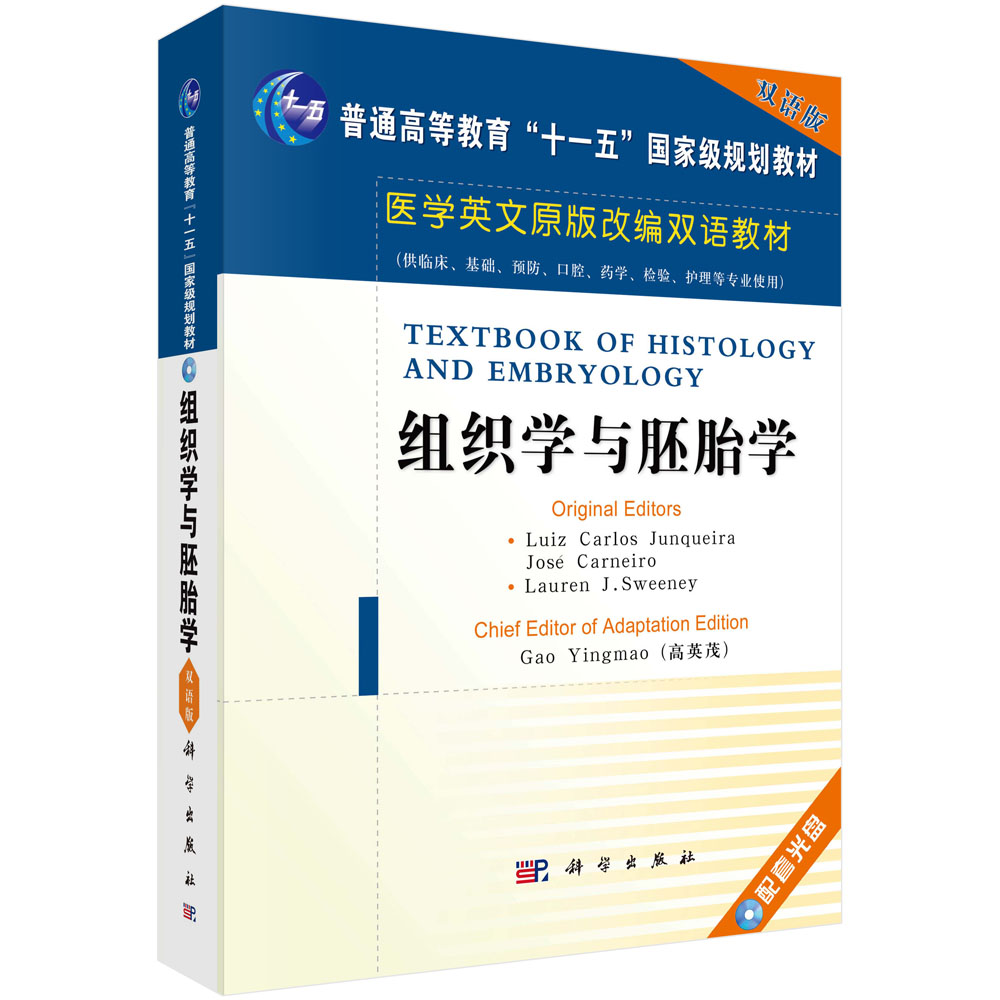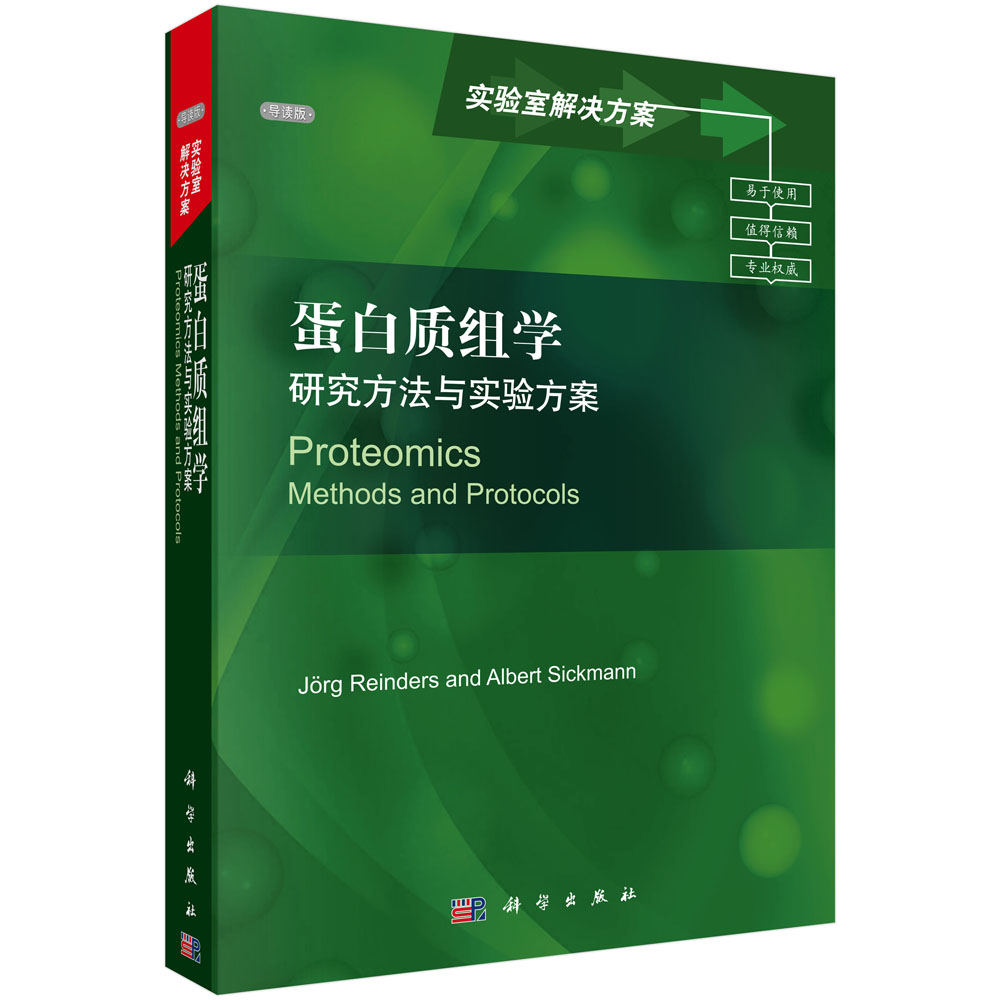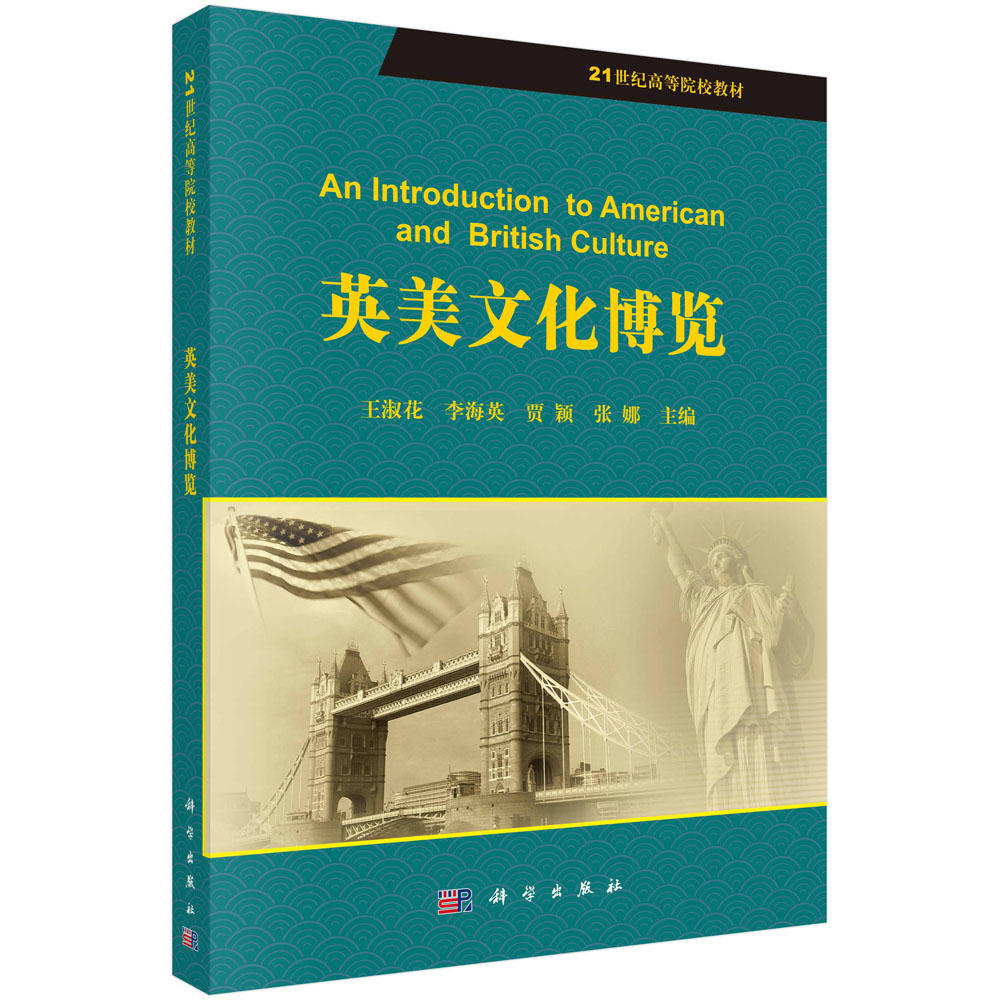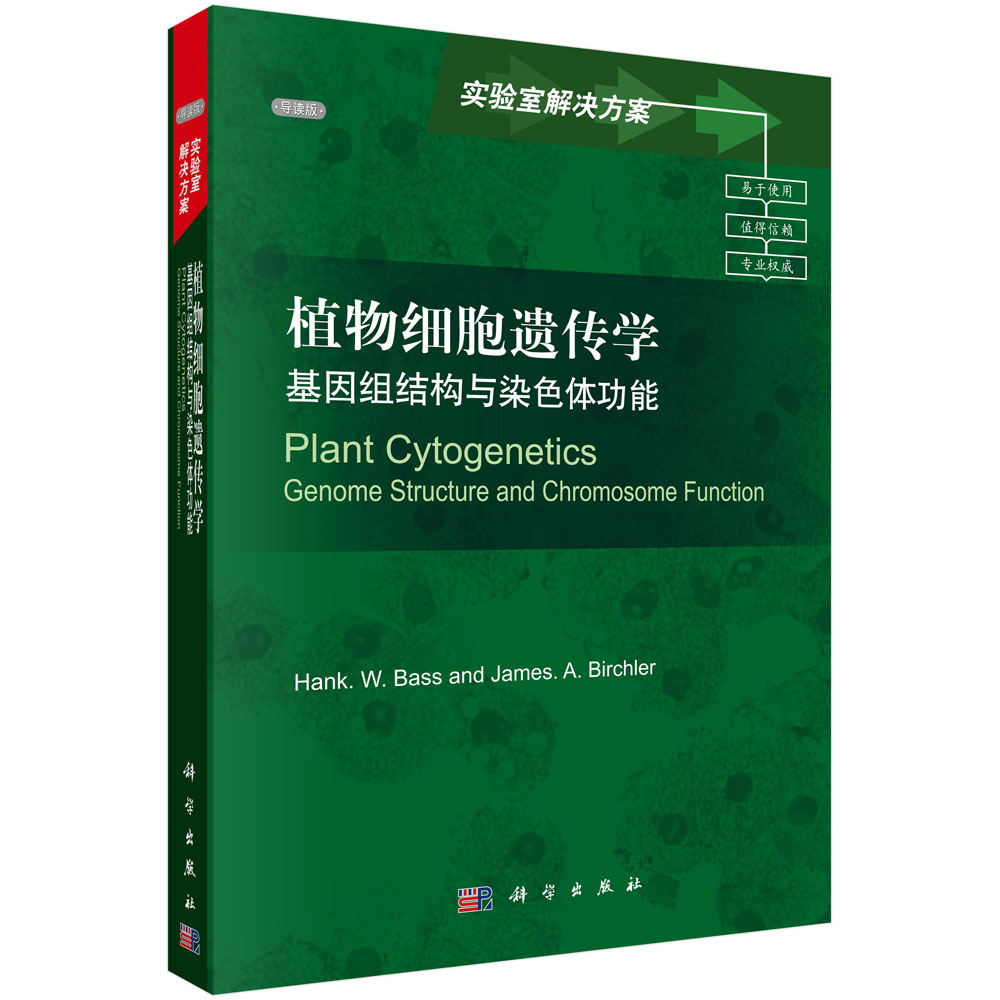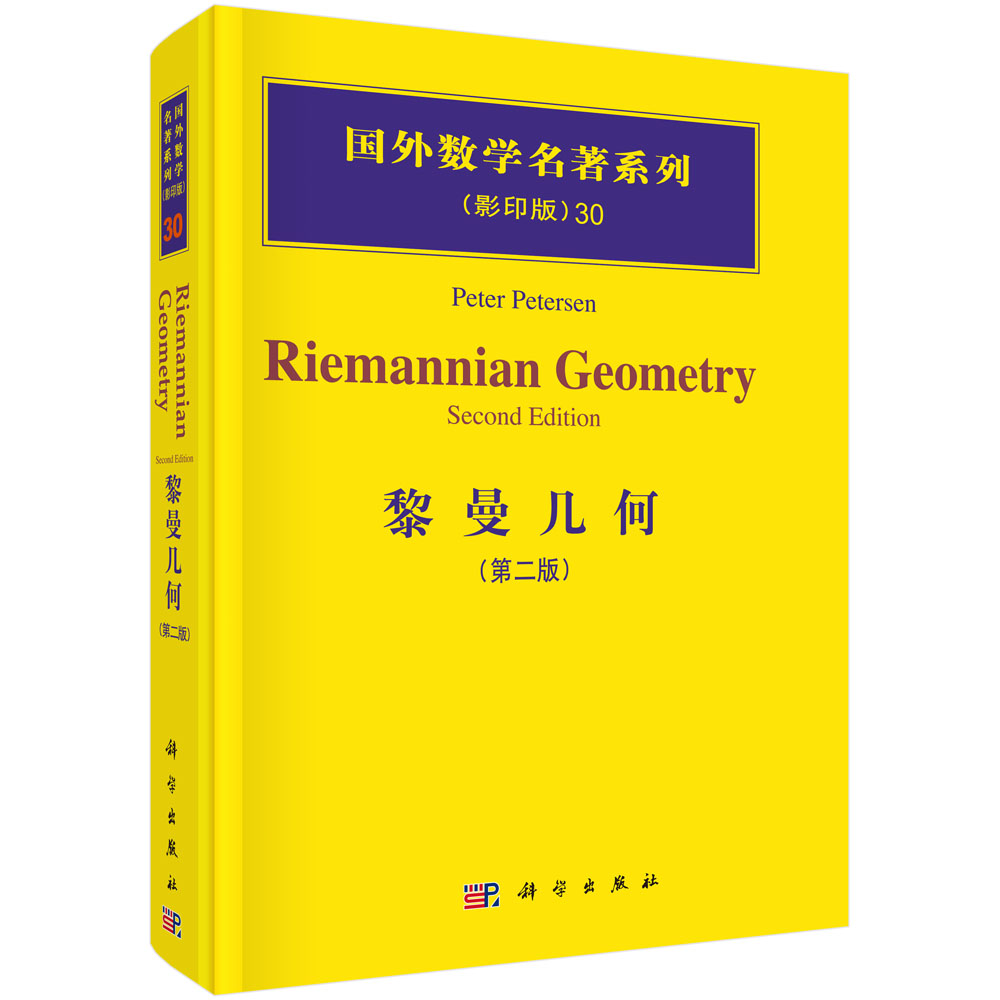整书内容分为三篇,共15章。第一篇即第1~6章,介绍热障涂层的破坏理论,其中第1章和第2章分别介绍热力化耦合的理论框架和非线性有限元理论,第3~6章分别介绍热障涂层界面氧化、CMAS腐蚀、冲蚀热力化耦合的破坏理论与机制。第二篇即第7~12章,介绍热障涂层性能与损伤的表征技术,第7~9章凝练热障涂层基本力学性能、断裂韧性、残余应力的各种先进表征方法,第10~12章介绍裂纹、界面氧化、应力应变场等关键损伤参量的无损实时表征方法。第三篇即第13~15章,介绍热障涂层性能评价技术,包括隔热与强度综合效果的评价、可靠性与服役寿命的评价以及模拟考核方法与试验平台方面的进展。
样章试读
目录
- 目录
Contents
1 Introduction 1
1.1 TBCs and the Corresponding Preparation Methods 2
1.1.1 TBC Materialsand Structures 2
1.1.2 TBC Preparation Methods 4
1.2 TBC Spallation Failure and Its MainIn.uencingFactors 9
1.2.1 Service Conditions for TBCs 9
1.2.2 TBC Spallation Failure and Its MainIn.uencing Factors 10
1.3 Solid Mechanics Requirements and Challenges Generated by TBC Failure 14
1.3.1 Solid Mechanics Requirements Generated by TBC Failure 14
1.3.2 Solid Mechanics Challenges Presented by TBC Failure 17
1.4 Content Overview 21
References 23
2 Basic Theoretical Frameworks for Thermo–Mechano-Chemical Coupling in TBCs 27
2.1 Continuum Mechanics 27
2.2 Theoretical Frameworkfor Thermo–Mechano-Chemical Coupling Basedon Small Deformation 30
2.2.1 Strain and Stress Measures BasedonSmall Deformation[5,6] 30
2.2.2 Stress–Strain Constitutive Relations Based onSmall Deformation[5,6] 47
2.2.3 Constitutive Theoryfor Thermomechanical CouplingBased on Small Deformation[11] 52
2.2.4 Constitutive Theory forThermo–Mechano-Chemical Coupling Basedon Small Deformation[16] 61
2.3 Theoretical Frameworkfor Thermo–Mechano-Chemical Coupling BasedonLarge Deformation 68
2.3.1 Kinematic Description[9] 68
2.3.2 Stressand StrainMeasures 71
2.3.3 Mass Conservation and Force Equilibrium Equations 74
2.3.4 Constitutive Theoryfor Thermomechanical Coupling Basedon Large Deformation[18,25,26] 80
2.3.5 Constitutive Theory for Thermo–Mechano-Chemical Coupling BasedonLarge Deformation 85
2.4 Summary and Out look 93
References 97
3 Nonlinear FEA of TBCs on Turbine Blades 99
3.1 FEAPrinciples 100
3.1.1 Functional Variational Principle 100
3.1.2 WeakFormof theEulerianFormulation 105
3.1.3 FEDiscretizati on of the Eulerian Formulation 108
3.1.4 WeakFormof theLagrangian Formulation 111
3.1.5 FE Discretizati on of the Lagrangian Formulation 113
3.1.6 WeakFormof the Arbitrary Lagrangian–Eulerian Formulation 116
3.1.7 Initial and Boundary Conditions 121
3.2 FE Modeling of TBCs on Turbine Blades 122
3.2.1 Geometric Characteristicsof Turbine Blades 122
3.2.2 Parametric Modelingof Turbine Blades 124
3.3 Mesh Generationfor Turbine Blades 140
3.3.1 Generationof Unstructured Meshes 141
3.3.2 Structured Meshes for Turbine Blades 145
3.4 Image-Based FE Modeling 150
3.4.1 Image-BasedFEM 151
3.4.2 2D TGO Interface Modeling 153
3.4.3 Porous Ceramic Layer Modeling 156
3.4.4 D3TGO Interface Modeling Method 157
3.5 Summaryand Outlook 158
References 159
4 Geometric Nonlinearity Theory for the Interfacial Oxidation of TBCs 163
4.1 Interfacial Oxidation Phenomenon andFailure 164
4.1.1 Characteristics and Patterns of Interfacial Oxidation 164
4.1.2 StressField Inducedby Interfacial Oxidation 167
4.1.3 Coating SpallationInducedby Interfacial Oxidation 170
4.2 TGO Growth Model Basedon Diffusion Reaction 172
4.2.1 Governing Equations 172
4.2.2 FESimulation 178
4.3 Thermo–Chemo–Mechanical CouplingAnalytical Model forInterfacial OxidationofTBCs 188
4.3.1 Thermo–Chemo–Mechanical Coupling Analytical Growth Model forInterfacial Oxidation 188
4.3.2 Thermo–Chemo–Mechanical Coupling Growth Constitutive Relations forInterfacial Oxidation 201
4.3.3 Analysis of theThermo–Mechano-Chemical CouplingGrowthPatterns and Mechanisms DuringInterfacialOxidation 222 References 232
5 Physically Nonlinear Coupling Growth and Damage Caused by Interfacial Oxidation in TBCs 235
5.1 Physically Nonlinear Model forThermo–Mechano–Chemical Coupling Growth Causedby Interfacial Oxidationin TBCs 236
5.1.1 Model Framework 236
5.1.2 Numerical Implementation 243
5.1.3 Resultsand Discussion 246
5.1.4 Analytical Coupling Model for Interfacial Oxidation 252
5.1.5 Comparison with Experimental Results 256
5.2 Interfacial Oxidation Failure Theorythat Integrates the CZM and PFM 262
5.2.1 Integrated CZM and PFM Framework 262
5.2.2 Introductionto PFM 263
5.2.3 Introductionto CZM for Phase-FieldCrack Interactions 267
5.2.4 Numerical Implementation 271
5.2.5 Resultsand Discussion 273
5.3 Summary and Out look 281
5.3.1 Summary 281
5.3.2 Outlook 283
References 283
6 Thermo–Mechano–Chemical Coupling During CMAS Corrosion in TBCs 287
6.1 Correlation Analysisof Molten CMASIn.ltration and Its KeyIn.uencingFactors 288
6.1.1 Theoretical Model for Mol ten CMASIn.ltration Depthin EB-PVD TBCs 288
6.1.2 Experimentsonthe MoltenCMASIn.ltration Depthinan EB-PVD TBC and Its In.uencing Factors 298
6.1.3 CMASIn.ltration Depthinthe EB-PVD TBC and ItsIn.uencing Factors 299
6.1.4 In.ltration of CMAS Meltsin an APS TBC 308
6.2 Microstructural Evolution, Deformation, and Composition Loss of Coatings Dueto Corrosion 312
6.2.1 Microstructural Evolution and Deformation ofCoatings 312
6.2.2 Thermo–Mechano–Chemical Coupling Theory forCMASIn.ltration and Corrosionin TBCs 321
6.2.3 Quantitative Characterizationofthe Distribution Pattern ofYin TBCs Subjected to CMAS Corrosion 328
6.3 Phase-StructureCharacterization and Phase-FieldTheory forCMASCorrosionofCoatings 336
6.3.1 XRD Characterization of theEvolution of theCoating PhaseStructure 336
6.3.2 TEM Characterization of the Microstructural EvolutionofCoatings 338
6.3.3 Thermo–Mechano–Chemical Coupling Phase-TransformationTheoryfor Corroded Coatings During theCoolingProcess 341
6.4 SummaryandOutlook 349
References 350
7 Erosion Failure Mechanisms of TBCs 355
7.1 ErosionFailure Phenomenain TBCs 355
7.1.1 Failure Phenomenain TBCs 356
7.1.2 TBCErosionRate 356
7.1.3 Comparison of the Erosion Performance ofVariousCoatings 357
7.1.4 GeneralPattern of theErosion Performance of TBCs 358
7.2 ErosionFailure ModesofTypical TBCs 360
7.2.1 ErosionFailure Modesof EB-PVD TBCs 360
7.2.2 ErosionFailureModeofAPSTBCs[1,15,21] 362
7.2.3 ErosionFailure Mode of PS-PVD TBCs [15, 26–28,34,35] 364
7.2.4 CMASErosionFailureof TBCs 365
7.2.5 FactorsAffectingthe Erosion Performance of TBCs 366
7.3 Numerical Simulation of the Correlations Between theErosionParametersof TBCs 368
7.3.1 Dimensional Analysis Theory 369
7.3.2 Dimensional Analysisof Erosionin TBCs 371
7.3.3 Numerical SimulationAnalysisoftheCorrelations BetweenErosionParameters 373
7.4 Erosion Failure Behavior Analysis Considering MicrostructuralEffects 377
7.4.1 Numerical Model of theTrue Microstructure of anEB-PVDTBC 378
7.4.2 Yield Conditions Consideringthe Microstructure 379
7.4.3 CorrelationAnalysis ofVariousParameters in theErosion Process 380
7.4.4 AnalysisofTypical ErosionFailure Modes 383
7.5 ErosionFailure Mechanisms and Resistance Indices of TBCs 390
7.5.1 Erosion Resistance Index ofEB-PVD TBCs 391
7.5.2 Resistance IndexofAPS TBCs 394
7.6 ErosionFailure Mechanism DiagramsofTBCs 395
7.6.1 EstablishmentofaFailure Mechanism Diagram froma Theoretical Perspective 396
7.6.2 Establishment ofFailure Mechanism Diagrams fora CertainFailure Mode fromaNumerical Simulation Perspective 400
7.7 SummaryandOutlook 405
7.7.1 Summary 405
7.7.2 Outlook 405
References 406
8 Basic Mechanical Properties of TBCs and Their Characterization 409
8.1 InSitu Measurement of theElastic Behavior of EB-PVD TBCs 410
8.1.1 DIC-Based MicrobendingTesting 410
8.1.2 Analysis of theExperimental and Numerical SimulationResults 414
8.1.3 Factors Affecting the Elastic Modulus Measurement Accuracy 417
8.2 Temporal and SpatialCorrelations Between theMechanical Properties and MicrostructureofTBCs 419
8.2.1 Principle of the HSNM Technique in theCharacterization of Microstructure andTemporal and SpatialCorrelations 420
8.2.2 HSNM and DeconvolutionTechniques 421
8.2.3 Characterizationofthe Mechanical Properties of BC Layers and Ceramic Coatings by HSNM 424
8.2.4 Characterization of the PhaseDistribution of the Microstructure of the TBC Based on Deconvolution 428
8.3 Creep Behaviorof TBCs 432
8.3.1 High-TemperatureCreep Behavior of EB-PVD TBCs 432
8.3.2 Creep Behaviorof TGOs UnderTensile Stress 435
8.3.3 Effects of the Creep Behavior of TBCs onInterfacialStresses 439
8.4 SummaryandOutlook 442
8.4.1 Summary 442
8.4.2 Outlook 443
References 444
9 Fracture Toughness Characterization of TBCs 447
9.1 Surface FractureToughness KIC Characterization ofTBCs 448
9.1.1 De.nitionofFractureToughness 448
9.1.2 Surface KIC Characterizationofthe PureCeramic Surfaceof TBCs Usingthe SENB Method 448
9.1.3 Surface KIC Characterization ofTBCs Using Three-Point Bending Combined with Acoustic Emission 454
9.2 Conventional Methods forCharacterizingthe Interfacial KICof TBCs 461
9.2.1 Theoretical Model for the Interfacial KIC CharacterizationofTBCs 461
9.2.2 InterfacialKIC Characterization ofTBCs Using theThree-Point Bending Method 464
9.3 Surface and Interfacial KIC Characterization ofTBCs Usingthe IndentationMethod 466
9.3.1 Surface KIC Characterization ofTBCs Using theIndentationMethod 466
9.3.2 InterfacialKIC Characterization ofTBCs Using theIndentationMethod 468
9.4 Interfacial KIC Characterization of TBCs Using theBucklingMethod 470
9.4.1 BucklingTestfor Determiningthe InterfacialKIC of TBCs 470
9.4.2 FESimulationfor theBucklingofTBC Interfacial KIC 477
9.4.3 Theoretical Model for the TBC InterfacialKIC CharacterizationBased on Buckling Delamination 482
9.5 InterfacialKIC CharacterizationofTBCsby theBlisterTest 487
9.6 InSituKIC CharacterizationofTBCsatHighTemperatures 495
9.6.1 Surface KIC Characterization ofTBCs at High Temperaturesby Indentation 496
9.6.2 KIC Characterization of TBCs at High Temperaturesby theThree-Point BendingTest 499
9.7 SummaryandOutlook 508
9.7.1 Summary 508
9.7.2 Outlook 509
References 509
10 Residual Stresses in TBCs 513
10.1 FormationofResidual Stressesin TBCs 513
10.1.1 Causesof Residual Stressesin TBCs 513
10.1.2 In.uencingFactorsof the Residual Stresses in TBCs 514
10.2 Simulation and Predictionofthe Residual Stressesin TBCs 518
10.2.1 Stress Field Evolution and Danger Zone Predictionof aTurbineBlade witha TBC 519
10.2.2 AnalysisoftheStressFieldintheTurbine Blade with a TBC Using the Fluid–Solid Coupling Method 522
10.3 DestructiveCharacterization of the Residual Stresses in TBCs 541
10.3.1 Characterizationbythe CurvatureMethod 541
10.3.2 Characterizationbythe Drilling Method 544
10.3.3 CharacterizationbytheRCM 553
10.4 NondestructiveCharacterizationofthe Residual Stresses in TBCs 558
10.4.1 XRDCharacterization 558
10.4.2 CharacterizationbyRaman Spectroscopy 565
10.4.3 CharacterizationofResidual Stressesinthe TGO Layerby PLPS 566
10.5 SummaryandOutlook 574
10.5.1 Summary 574
10.5.2 Outlook 575
References 575
11 Real-Time Acoustic Emission Characterization of Cracks in TBCs 579
11.1 High-TemperatureAE DetectionMethod 580
11.1.1 Basic PrincipleofAEDetection 580
11.1.2 Waveguide Rod/WireTransmissionTechnique forComplex High-TemperatureEnvironments 580
11.1.3 AESignal DetectionMethod BasedonRegional Signal Selection 583
11.2 Analysis of theKeyParameters forCrackPattern Recognition 585
11.2.1 KeyFailure ModesofTBCsandtheTime-Domain Characteristicsofthe RelevantAE Signals 585
11.2.2 Pattern RecognitionofTBCFailure Modes Based on Characteristic Frequencies 585
11.2.3 Extraction of the CharacteristicParameters forPattern RecognitionBased on ClusterAnalysis 588
11.3 Intelligent CrackPattern RecognitionMethods Based onWaveletsandNeuralNetworks 597
11.3.1 Basic Principle and MethodofWT 598
11.3.2 Wavelet Analysis of AE Signalsfrom TBCs Due toDamage 609
11.3.3 NN-BasedIntelligent Method forPattern RecognitionofAESignals 613
11.4 QuantitativeEvaluationoftheKeyDamagein TBCs 620
11.4.1 Basic Approach for Damage Quanti.cation 620
11.4.2 Quantitative Analysis of the Surface Crack Density 621
11.4.3 Quantitative Analysisof theInterface Cracks 627
11.5 DeterminationofTBCFailure MechanismsBasedonAE Detection 631
11.5.1 Failure Mechanisms Under ThermalCycling 631
11.5.2 Failure Mechanism Under High-Temperature CMASCorrosion 637
11.5.3 Failure Mechanism Under GasThermal Shock 644
11.6 SummaryandOutlook 651
11.6.1 Summary 651
11.6.2 Outlook 652
References 653
12 Characterization of the Microstructural Evolution of TBCs by Complex Impedance Spectroscopy 657
12.1 Basic PrincipleofCharacterizationbyCIS 658
12.1.1 PrincipleofCIS 658
12.1.2 Analysisof theImpedance Responsesof TBCs 659
12.2 Numerical Simulationofthe ComplexImpedance Spectral CharacteristicsofTBCs 665
12.2.1 FEPrincipleofCIS 665
12.2.2 FEModel forthe ComplexImpedance Spectrum of aTBC 668
12.2.3 Complex Impedance SpectralCharacteristics of TBCs 669
12.2.4 Asymmetric Electrode ErrorCorrection Models 677
12.3 ParametricOptimizationofCIS for TBCs 682
12.3.1 FESimulation and Impedance Measurement 682
12.3.2 OptimalACVoltageAmplitude 682
12.3.3 EffectsoftheTestTemperature and OptimalTest Temperature 683
12.3.4 EffectoftheElectrodeSize 686
12.3.5 Summary 687
12.4 CharacterizationofInterfacial Oxidationin TBCsby CIS 687
12.4.1 Equivalent Circuitfor Interfacial Oxidation in TBCs 688
12.4.2 Measurement of theComplex Impedance Spectrumof a TBC 689
12.4.3 CharacterizationofInterfacial OxidationbyCIS 694
12.5 CharacterizationofCMASCorrosionin TBCs with CIS 703
12.5.1 Measurement of theComplex Impedance Spectra of CMAS asWell as Uncorroded and CMAS-Corroded TBCs 704
12.5.2 Complex Impedance SpectrumCharacteristics ofCMAS 705
12.5.3 Complex Impedance Response of theCMAS-Corroded TBC 706
12.6 SummaryandOutlook 711
12.6.1 Summary 711
12.6.2 Outlook 712
References 712
13 Nondestructive Testing of the Surface and Interfacial Damage and Internal Pores of TBCs 715
13.1 Characterizationofthe Strain Fieldsof TBCs UsingDIC 716
13.1.1 Basic Principle of DIC Characterization oftheStrainField 716
13.1.2 PreparationofDigital Speckles 718
13.1.3 DIC/AE-Combined Method forFailure Criterion Analysis 720
13.1.4 DIC Characterizationofthe High-Temperature Strain Fieldin TBCs 721
13.1.5 DIC Characterizationofthe High-Temperature CMAS Corrosion-Induced Strain Fieldina TBC 727
13.1.6 Evolution ofthe Cross-Sectional Strain Field in TBCs Coated with Different AmountsofCMAS 735
13.1.7 Evolutionofthe Surface Strain Fieldina TBC Subjectedto CMAS Corrosion 740
13.2 X-rayCTCharacterizationofthe Poresin TBCs UnderVA Corrosion 744
13.2.1 PrincipleoftheCT Characterizationofthe Internal StructureofanObject 744
13.2.2 Extraction of Pores in TBCs and 3D ReconstructionofCTImages 747
13.2.3 CTCharacterizationoftheEvolutionofPores in TBCs UnderVACorrosion 749
13.3 IRTNDTTechnique and ItsCurrent ApplicationStatus 757
13.3.1 PrincipleofIRT 757
13.3.2 IRT-BasedDamageDetection 759
13.4 SummaryandOutlook 780
13.4.1 Summary 780
13.4.2 Outlook 781
References 781
14 Thermal Insulation Effect of TBCs on Turbine Blades 785
14.1 Theoretical Analysisof theThermalInsulationEffect 785
14.1.1 HeatTransferModesofTurbine Blades 787
14.1.2 De.nitionof the ThermalInsulationEffect of TBCs onTurbine Blades 790
14.1.3 Nondimensionalizationofthe ThermalInsulation Effect 791
14.2 Numerical Simulationofthe ThermalInsulationEffect 794
14.2.1 Coupled HeatTransfer 796
14.2.2 Turbulence Models 799
14.2.3 Numerical Simulationofthe ThermalInsulation Effectof TBCs 801
14.3 TestingMethods forthe ThermalInsulationEffect 805
14.3.1 Setups forSimulatingthe Service Environment ofTurbine Blades 806
14.3.2 Real-TimeTemperatureMeasurementTechniques forTurbine Blades 810
14.3.3 AnExperimentalInvestigationofthe Thermal InsulationEffectofa TBC onaTurbine Blade 815
14.4 FactorsIn.uencing theThermalInsulationEffect 820
14.4.1 In.uentialFactorsRelatedtotheMaterial 820
14.4.2 In.uencingFactorsRelated to the Service Environment 823
14.4.3 In.uencingFactorsRelated to theCooling Structure 824
14.5 SummaryandOutlook 826
References 827
15 Reliability Assessment of TBCs 831
15.1 Basic Reliability Theoryfor TBCs 832
15.1.1 Randomness and DistributionofProperty, Structural, andEnvironmentalParameters 832
15.1.2 De.nitionofReliability 834
15.1.3 Reliability Index and ItsGeometric Meaning 837
15.1.4 Reliability Sensitivity 839
15.2 Reliability CalculationMethods for TBCs 840
15.2.1 Second-Moment Methods 840
15.2.2 MonteCarlo Methods 844
15.2.3 MeanValueMethod and Advanced MeanValue Method 846
15.2.4 Software-Based Numerical Calculation of theReliability 848
15.3 Reliability Predictionfor TBCs Under ThermalCycling Stresses 851
15.3.1 Failure Criterion and LimitState Equation 851
15.3.2 DistributionsofBasicVariables 852
15.3.3 Predictionofthe SpallationFailure Probability of TBCs Under Thermal Cycling, pf,tc 852
15.3.4 Reliability Sensitivity Analysis 854
15.4 Reliability Assessment of TBCs Under Interfacial Oxidation 855
15.4.1 FailureCriterion 856
15.4.2 Analysis of theStatistical Characteristics ofParameters In.uencing Interfacial Oxidation 857
15.4.3 Reliability and Sensitivity Analysis of TBCs Under Interfacial OxidationBased on theSOSM Method 858
15.5 Reliability Assessmentof TBCsAgainstErosionFailure 859
15.5.1 Erosion Rate Model and Reliability Analysis Criterion for TBCs onTurbineBlades 859
15.5.2 Method forCalculatingthe ErosionReliability of TBCs onTurbine Blades 862
15.5.3 Statistical Analysis ofParameters Affecting ErosionFailure 869
15.5.4 Erosion Failure Probability Prediction and Sensitivity Analysis of TBCs onTurbine Blades 871
15.6 SummaryandOutlook 873
15.6.1 Summary 873
15.6.2 Outlook 874
References 874
16 Experimental Simulators for the Service Environments of TBCs 879
16.1 Experimental Simulators forThermalLoads on TBCs 880
16.1.1 Experimental Simulator for Automatic High-TemperatureThermalCycling 880
16.1.2 Facilitiesfor Measuringthe High-Temperature Contact AngleofCMAS Duringthe CMAS Corrosion Process 882
16.2 Combined Thermomechanical LoadingFacility for TBCs and BucklingFailure Mechanism of TBCs Under Thermomechanical Loading 887
16.2.1 Combined Thermomechanical LoadingTesting Facilities 888
16.2.2 Buckling Failure Modes of TBCs Under Thermomechanical Loading 890
16.3 Static Thermo–Mechano-Chemical CouplingSimulators for TBCs onTurbine Blades 898
16.3.1 Overall Design of an Experimental TMCC Simulation andTestingFacility for TBCs onTurbine Blades 898
16.3.2 Introductiontothe Functions of SeveralTypical ExperimentalFacilities 902
16.3.3 Experimental TMCC Simulation and Real-Time TestingMethods 907
16.4 Dynamic Experimental TMCC Simulation andTesting Facilitiesfor TBCs onTurbineBlades 915
16.4.1 Overall Design of Dynamic Experimental TMCC Simulation andTestingFacilitiesfor TBCs onTurbine Blades 915
16.4.2 MainProgressin Dynamic Experimental TMCC Simulation andTestingFacilities 918
16.4.3 Method and Performance of Dynamic Experimental TMCC Simulation andTesting 926
16.5 Experimental High-TemperatureVibrationSimulators for TBCs onTurbine Blades 929
16.5.1 High-TemperatureVibrationFacilities 929
16.5.2 Testing of TBCs Under High-Temperature Vibration 930
16.6 SummaryandOutlook 931
16.6.1 Summary 931
16.6.2 Outlook 932
References 932
